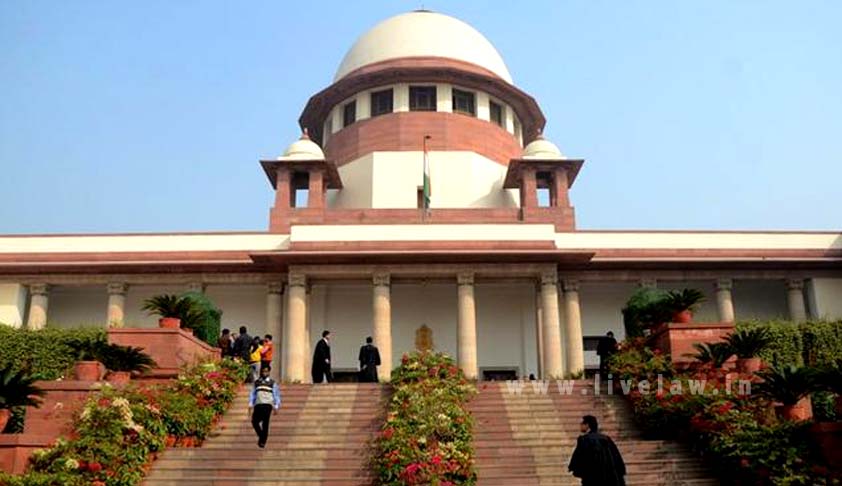Supreme Court’s Disposal Rate: Does Quantity Prevail Over Quality of Justice?
LiveLaw Research Team
6 March 2017 11:43 AM IST

Next Story
6 March 2017 11:43 AM IST
In 2016, the Supreme Court disposed of 19913 cases from January 1 to March 31, during the term of the then Chief Justice of India, Justice T.S.Thakur. If the pace of disposals of the Chief Justice of India, Justice J.S.Khehar is any indication, the data on disposals for the same period this year is likely to have some surprises.No doubt, every Chief Justice of India aims at excelling the...
